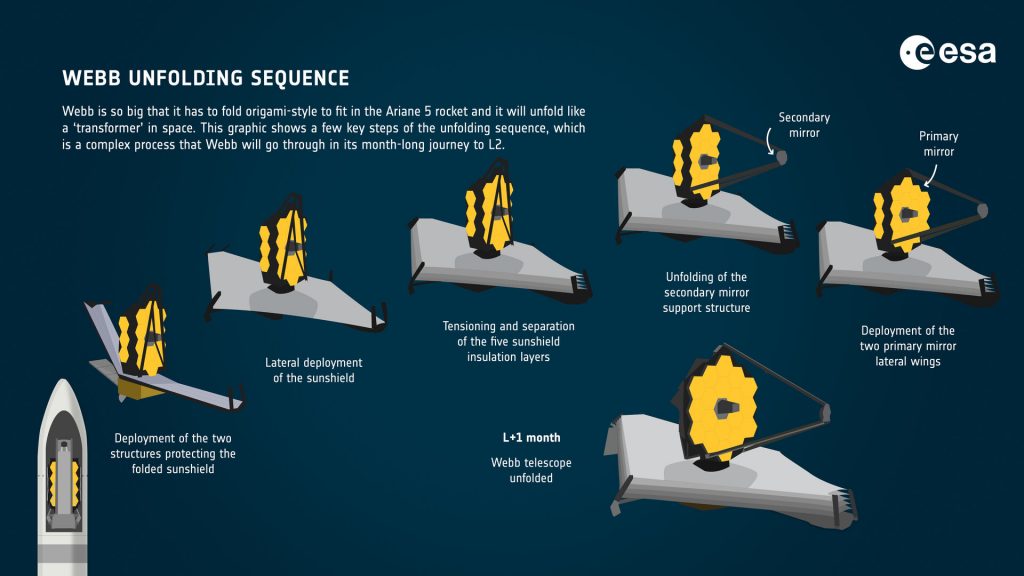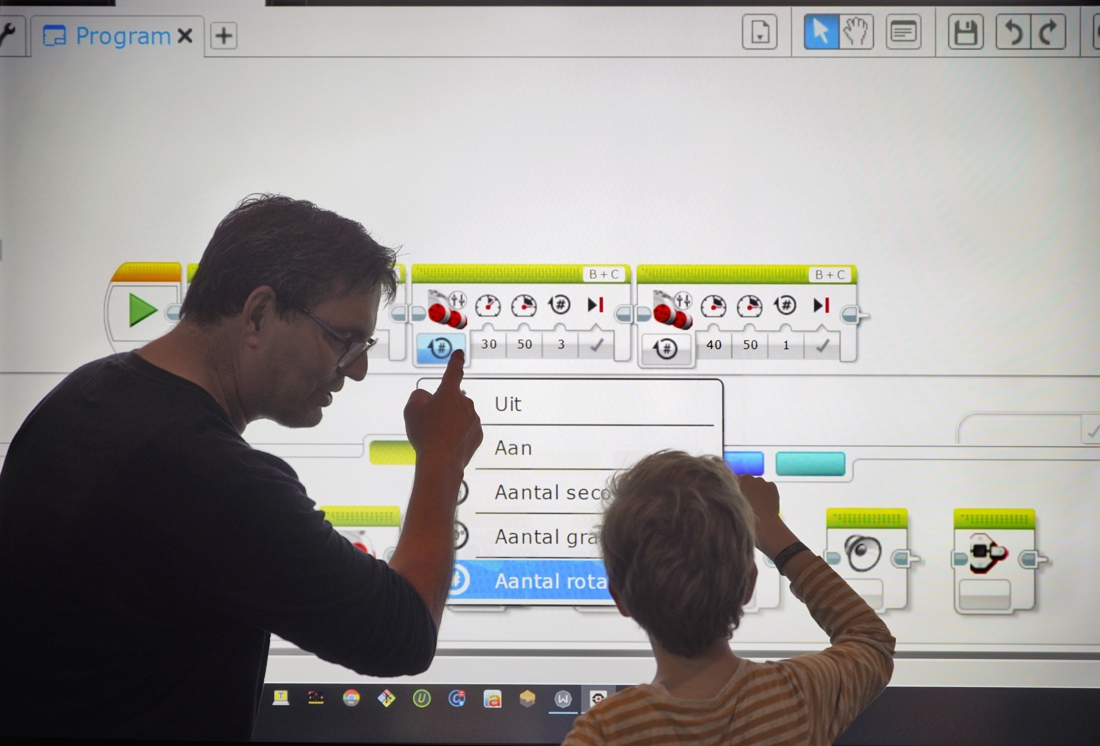The last tests of NASA’s James Webb space telescope were also successful, so preparations began for transport to the launch station. The numerous test and inspection points are designed to ensure that the world’s most complex space observatory to date will operate as planned in space.
Preparations include all the necessary steps to get the space telescope safely to the launch station near the city of Kourou in French Guiana. Now that it has been proven that the space telescope will be able to withstand both space conditions and the strain of the orbit, technicians working in the special clean room are now focused on getting the binoculars to the launch site without any problems. Preparations will continue throughout September. Meanwhile, they are constantly testing their complex communication network and also doing startup exercises.
When James Webb arrives in French Guiana, the next step will be to prepare for the flight. This includes a thorough inspection to ensure that no faults have occurred during transport, that the gear units are carefully filled with hydrazine and nitrogen tetroxide and that the red ones are removed.remove before flight“I.e. components to be removed before flight that protected important components during assembly, testing and transport. They are then mounted on an ESA-provided Ariane 5 launch vehicle and rolled out to the launch station.
In addition to human genius, the James Webb space telescope has shown endurance: in its long construction, thousands of professionals from more than 14 countries working in 9 different time zones have had to endure earthquakes, hurricanes, blizzards, wildfires, and even a global epidemic. Although the mission of the telescope is just beginning, for those who have built it here on Earth, it is time to rest, knowing that everything has been done to make the space telescope work.

After the start-up, a six-month eventful commissioning period will begin. Moments after the 26-minute journey on the Ariane 5 launch vehicle is completed, the space telescope detaches from the rocket and the solar panels begin to open automatically. It will travel to a orbit more than one and a half million kilometers from Earth for nearly 1 month, during which all parts of it will gradually open. Once you start opening the solar panels, the telescope and its various equipment will gradually cool down in the shade.
In the following weeks, cooling will be monitored continuously from the ground control center, using heating panels as needed to minimize the load on the equipment. Meanwhile, the auxiliary mirror stand, the main mirror, will open, the space telescope’s devices will turn on slowly, and the rockets will launch.
Once the space telescope has cooled and stabilized to the brittle temperatures, they will be adjusted, fine-tuned optics, and calibrated scientific instruments for several months. Measurements are expected to begin approximately 6 months after launch. In the words of Bill Ochs, James Webb’s project manager:Once we get to the end of the testing phase of the James Webb Space Telescope, every time I look at those beautiful golden mirrors, I see thousands of people working tirelessly for it.“. The James Webb Space Telescope will follow in the footsteps of the Hubble and Spitzer Space Telescopes and, as the world’s number one orbiting observatory, will examine our Solar System, planets around distant stars, mysterious structures, and the origin of our Universe and our place in it.
Comment
–


